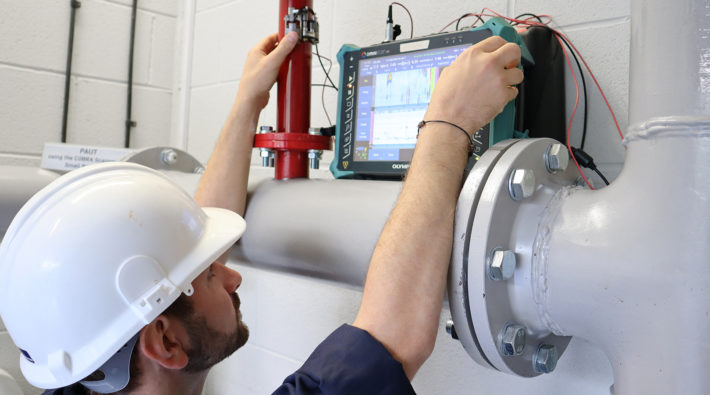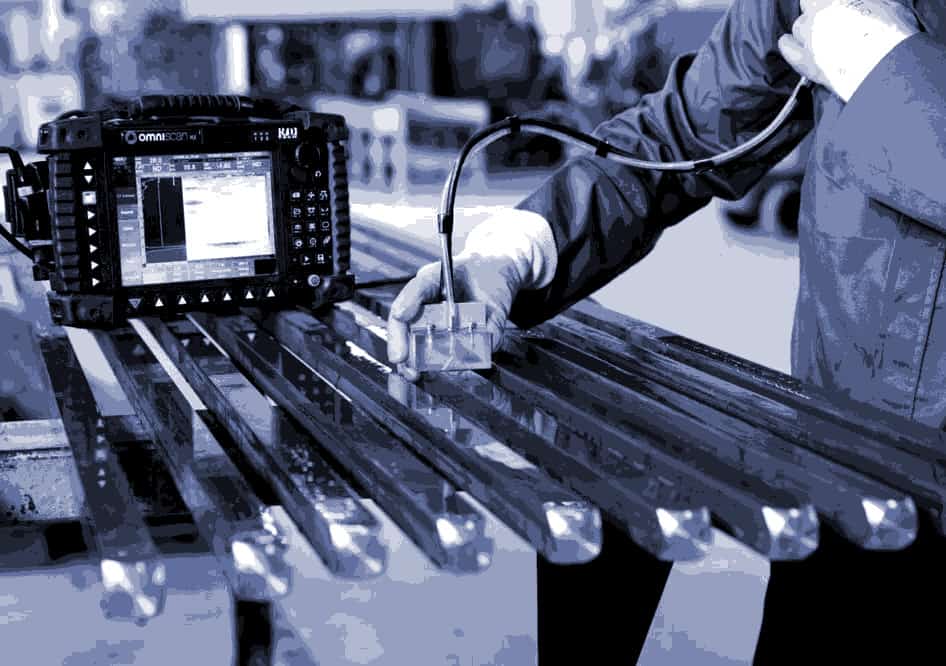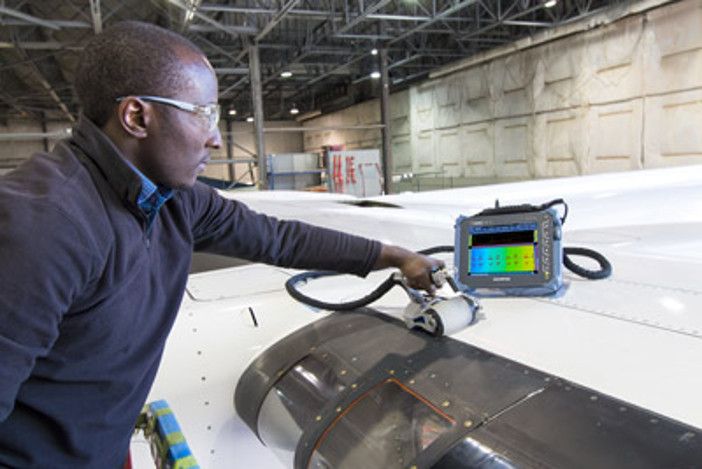In the world of industrial quality assurance, understanding why frequency matters in weld inspection is crucial. The frequency of inspections can significantly impact the effectiveness of identifying defects and ensuring the integrity of welds. This article will explore the importance of frequency in weld inspection and its implications for industry QA professionals.

Understanding Weld Inspection
Weld inspection is a critical process that ensures the safety and reliability of welded structures. It involves examining welds for defects such as cracks, porosity, and incomplete fusion. The primary goal is to prevent failures in structures that could lead to catastrophic consequences.
The Role of Frequency in Weld Inspection
Frequency in weld inspection refers to how often inspections are conducted. It plays a vital role in maintaining the quality of welds over time. Frequent inspections can help detect issues early before they become significant problems.
Benefits of Frequent Inspections
Conducting inspections at regular intervals has several benefits. It allows for early detection of defects, reduces the risk of structural failures, and ensures compliance with industry standards. Moreover, regular inspections can save costs in the long run by preventing expensive repairs.
Challenges of Frequent Inspections
While frequent inspections offer many benefits, they also come with challenges. These include increased operational costs, resource allocation, and potential disruptions to production processes. Balancing these challenges with the benefits is essential for effective quality assurance.
Frequency Settings in Ultrasonic Flaw Detection
Ultrasonic flaw detection is a popular method used in weld inspection. The frequency settings in ultrasonic devices are critical to accurately identifying defects. For more on this, visit common frequency settings.
Optimal Frequency for Crack Detection
Choosing the optimal frequency for crack detection can enhance the accuracy of inspections. High-frequency settings may provide better resolution, while low-frequency settings can penetrate deeper into materials. Learn more about this from optimal frequency for crack detection.
Calibration and Synchronization in Inspection
Proper calibration and synchronization of inspection devices are crucial for accurate results. Calibration ensures that devices operate at the correct frequency, while synchronization between sensors enhances inspection accuracy. For insights on synchronization, see how synchronization improves inspection accuracy.
Frequency Calibration
Frequency calibration in ultrasonic devices ensures that they operate within the desired frequency range. This can prevent errors and improve the reliability of inspections. For more details, visit frequency calibration in ultrasonic devices.
Impact of Frequency on Inspection Accuracy
The frequency of inspections directly impacts the accuracy of defect detection. Consistent inspection frequencies can lead to more reliable results and help maintain the quality of welds over time. For an external perspective on inspection frequency, consider reading right inspection frequency for equipment.
Case Studies and Examples
Examining real-world case studies can provide valuable insights into the importance of frequency in weld inspection. These examples highlight the consequences of inadequate inspection frequencies and the benefits of regular inspections.
Conclusion: The Importance of Frequency in Weld Inspection
The frequency of weld inspections is a critical factor that can influence the safety, reliability, and cost-effectiveness of industrial operations. Industry QA professionals must carefully consider inspection frequencies to ensure the highest quality standards are met.

Frequently Asked Questions
What is the ideal frequency for weld inspections?
The ideal frequency for weld inspections depends on several factors, including the type of structure, environmental conditions, and industry standards. Regular inspections are generally recommended to ensure safety and compliance.
How does frequency affect the cost of inspections?
Increasing the frequency of inspections can lead to higher operational costs. However, these costs can be offset by the savings from preventing potential failures and reducing repair expenses.
Why is frequency calibration important in ultrasonic devices?
Frequency calibration is essential to ensure that ultrasonic devices operate effectively and provide accurate inspection results. Proper calibration can prevent errors and improve the reliability of defect detection.
This article contains affiliate links. We may earn a commission at no extra cost to you.
